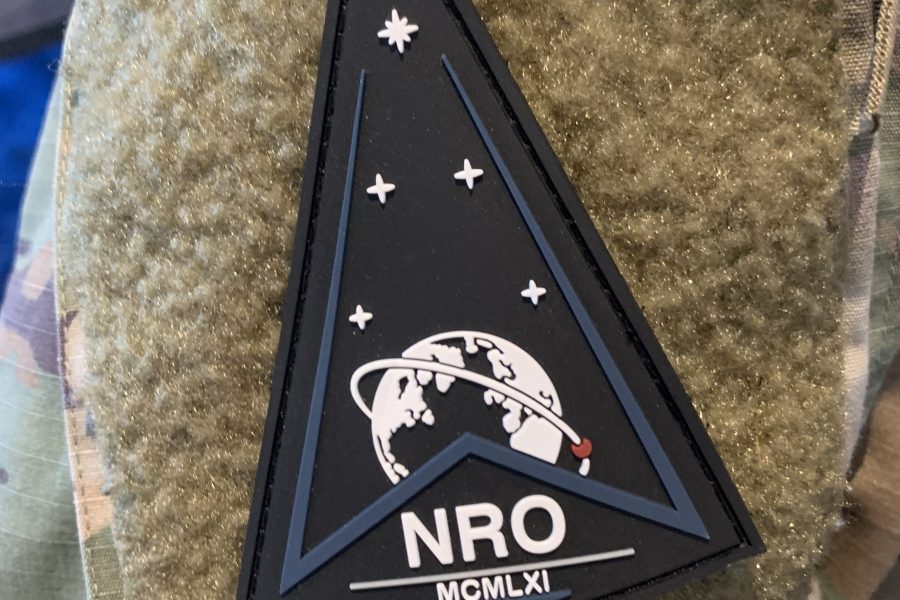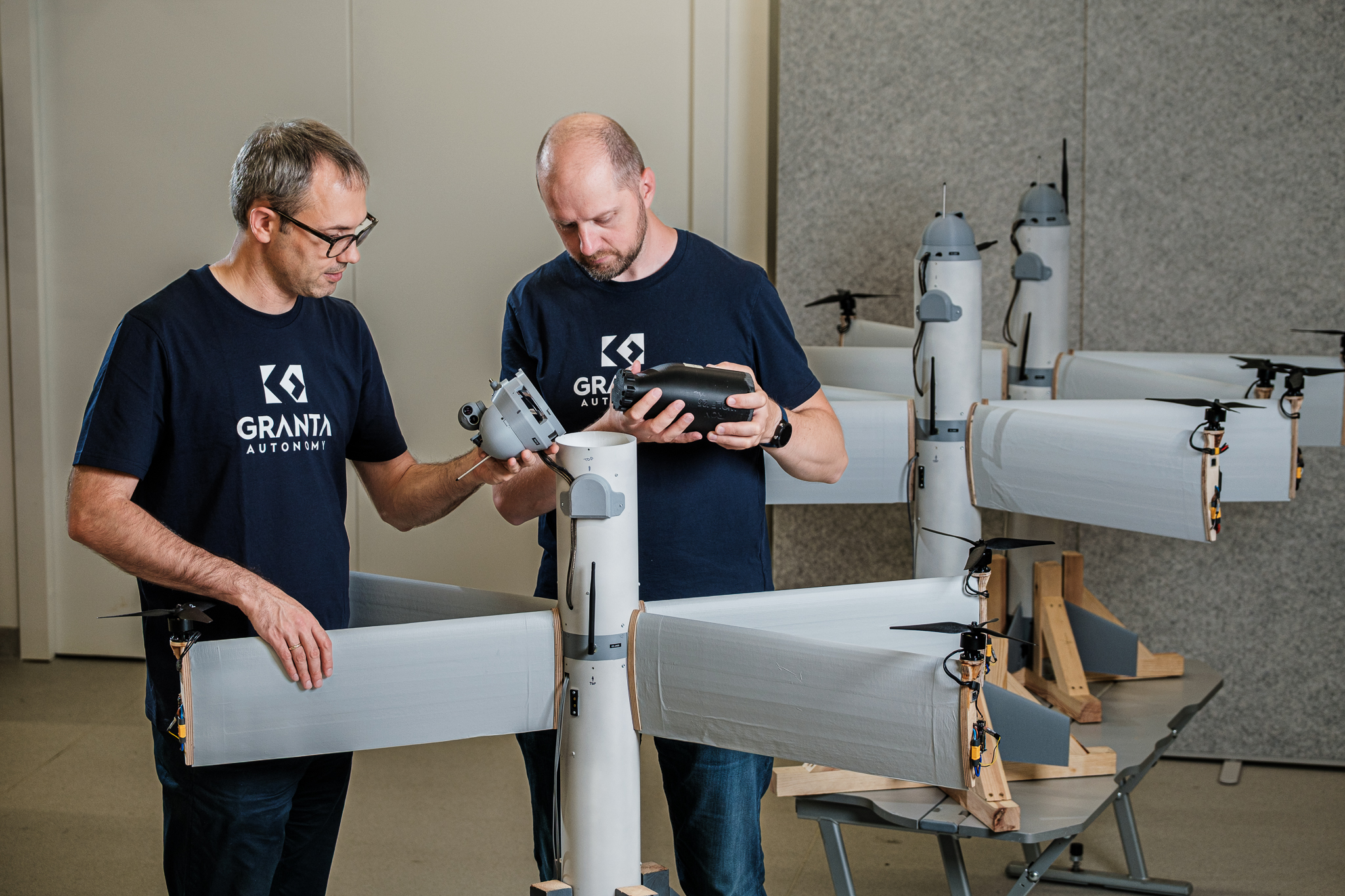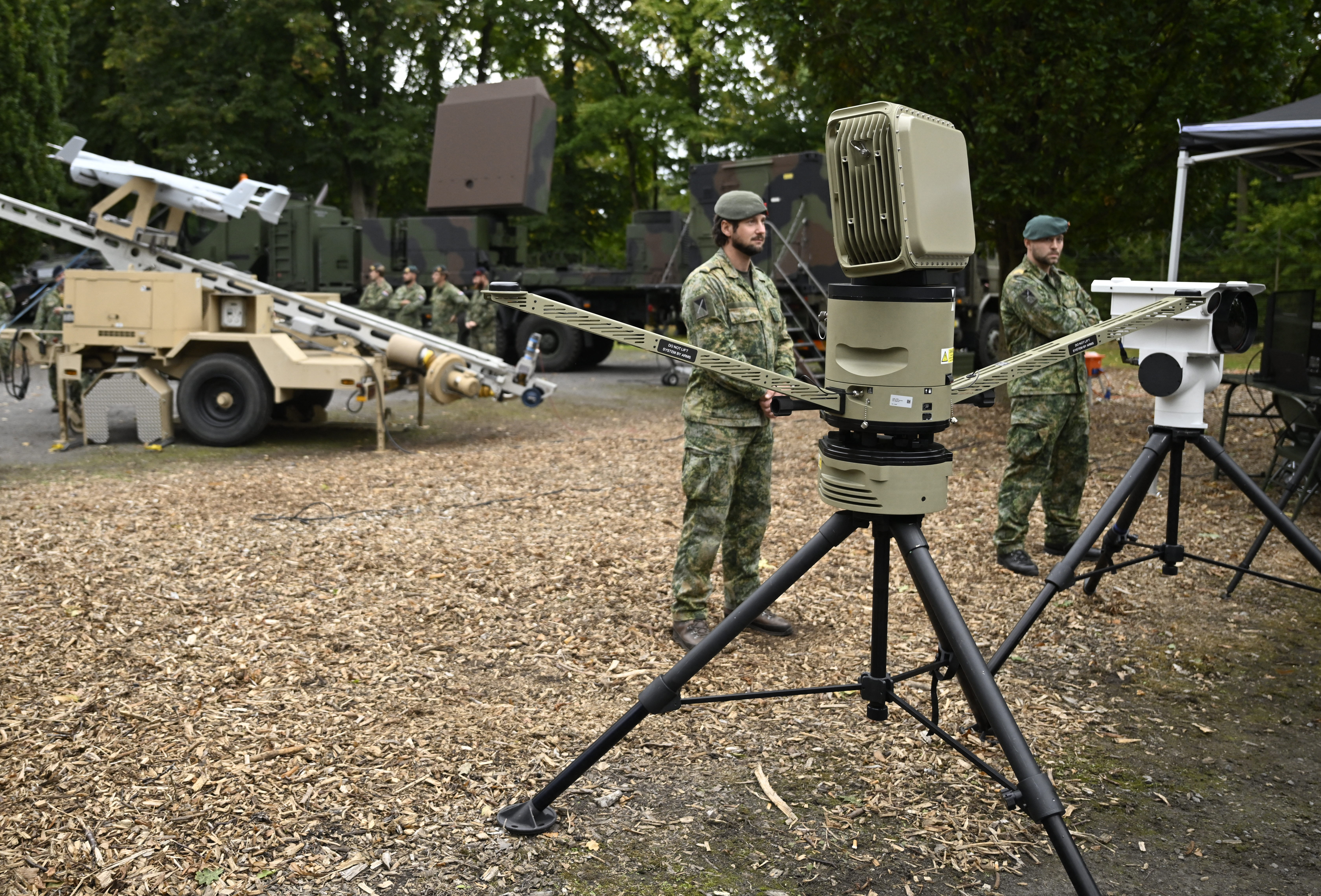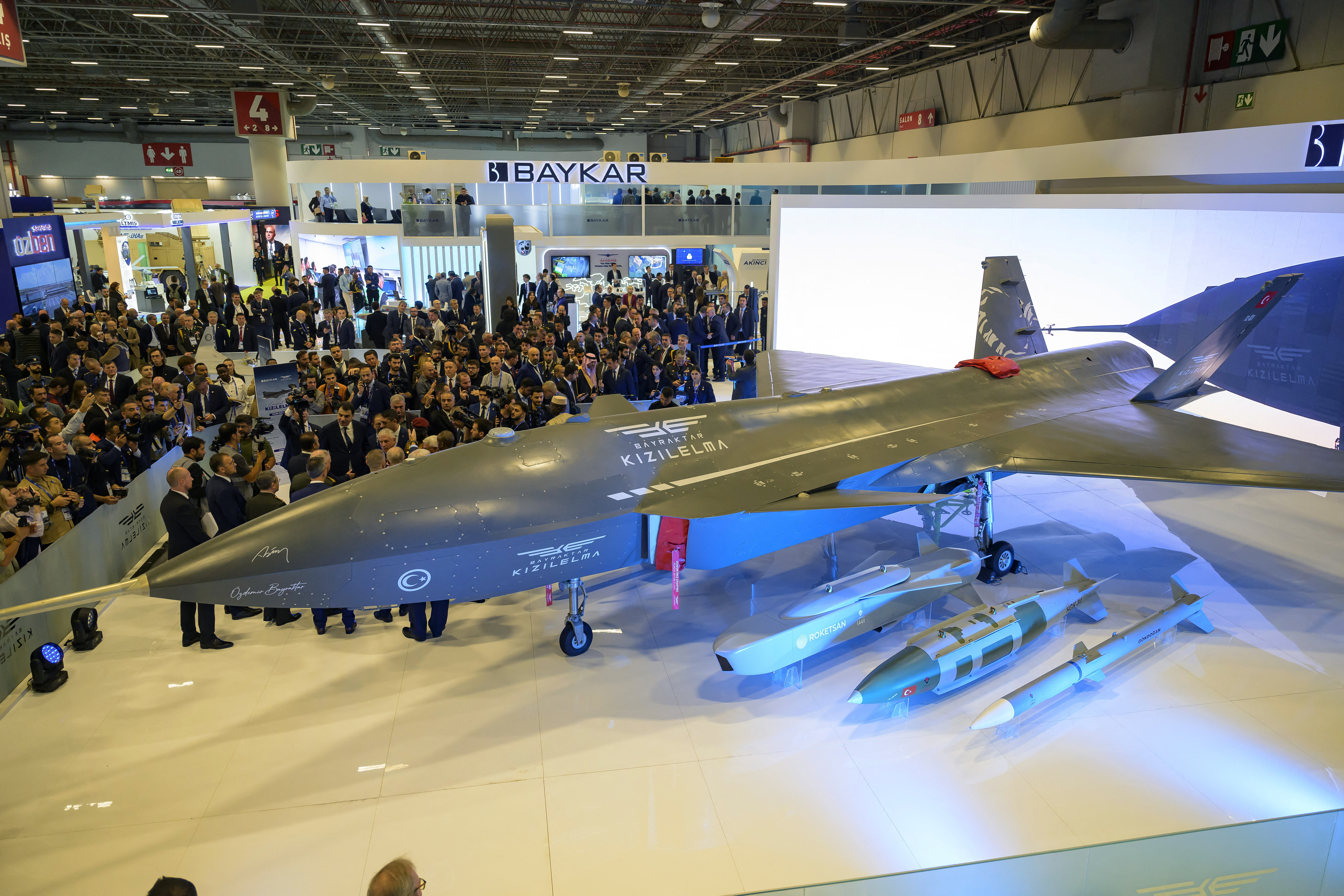
Combining the National Reconnaissance Office with the Space Force’s Space Systems Command could help turbocharge national security space acquisition, argues Mark Berkowitz, the Trump administration’s nominee to be assistant secretary of defense for space policy, in a newly published essay he coauthored.
Berkowitz is awaiting Senate confirmation and was not available for comment. The essay appears in the book, “Contested Space: Ensuring Effective U.S. National Security Space Capabilities in an Increasingly Contested Environment,” which was recently published by by the nonprofit National Security Space Association.
In the essay, Berkowitz and coauthor Chris Williams, a former Defense Department official, argues that the Trump administration should tighten the relationship between the two organizations, including a potential merger, to improve coordination between the Space Force and the intelligence community with regard to space technology. A closer relationship would help Space Force acquirers benefit from NRO’s special authorities and vast experience.
Williams spoke July 15 at the Washington D.C. book launch, along with other contributors. He said merging NRO with Space Systems Command, the Space Force’s main acquisition organization, would create a “single, agile” entity to “enable closer collaboration, utilize best of breed acquisition practices and result in more integrated mission architectures.”
A single organization could “promote a common culture focused on rapidly delivering advanced space capabilities to national and defense customers, enhance technology sharing, improve communications between the various [acquisition] organizations and more,” Williams said.
The Space Force could also benefit from a merger because it would be able to leverage the NRO’s special purchasing rules, Williams added. “One of the reasons the NRO is so effective is because of those very unique acquisition authorities and the Space Force does not have similar authorities in many respects,” he explained. “It’s worth looking at how those might be blended.”
A less radical alternative: Moving Space Systems Command from its Los Angeles Air Force Base headquarters in California to co-locate with the NRO in Chantilly, Va. That too could be controversial, Williams acknowledged. Co-location would “enable closer collaboration and integration of acquisition activities … and promote efforts to create synergies, both within DOD and between DOD and the NRO space programs that could potentially result in long term cost savings.”
He and Berkowitz suggest other ways to forge tighter bonds: a common training curriculum and career path for acquisition professionals and “shared adoption of common systems engineering, modeling and simulation architecture,” said Williams. “It’s very wonky, but important stuff.”
Williams insisted their essay, and indeed all the ideas in the book as a whole, are not prescriptive. “It doesn’t say, ‘You must do X, Y, and Z.’” Instead, the authors lay out policy options the administration should consider, leaving it up to policymakers to weigh the pros and cons.
Merging or even co-locating Space Systems Command with the NRO would be a massive undertaking, Williams acknowledged in a short interview with Air & Space Forces Magazine. Politics, as well as policy considerations would come into play. Congress would have to approve any reorganization and local politicians would protest, he said: “Don’t take that out of my backyard!”
Others would argue that the costs and the disruption of a cross-country move would kneecap Space Systems Command for the crucial years running up to 2027 — the date by which China’s President Xi Jinping has demanded that the People’s Liberation Army be ready to take Taiwan by force if needed.
“The dislocation, moving people across the country, that’s a big deal,” Williams said, “There’s a cost associated with it, and there’s also the time and energy that’s spent. The question is, is it the right thing to do? Are those near-term costs worth the long-term benefits? Those are decisions the folks in the government have to make.”
When the Space Force was set up in the first Trump administration, the intelligence agencies and their oversight committees on Capitol Hill successfully fended off proposals to move NRO into the new service.
But Williams said the new administration is open to proposals for disrupting the status quo.
“If Trump is anything, he’s a rock-the-boat kind of guy,” Williams said. “This administration is interested in doing things differently … so maybe we’ll see some of these issues addressed.”
Williams noted that many Defense Department posts remain vacant, even six months after the inauguration. New Secretary of the Air Force Troy Meink, a former Air Force officer, spent the past decade at NRO, including the past five as its deputy director.
“As the new administration starts filling out some of their key people, as those people start occupying their new jobs and engaging together, my hope is they’ll have more time and energy to devote to this,” he said.
Former NRO Director Jeffrey Harris, a member of NSSA’s advisory board, welcomed the proposal, pointing out that the NRO had originally been founded to ensure the project to build the nation’s first photographic spy satellite, Corona, would be completed rapidly and avoid interservice disputes.
“The Army was trying to get their booster [rocket] to work, while the Air Force was trying to get theirs … And President [Eisenhower] finally said, ‘This is actually sort of important. Why don’t we organize to get the job done?’” he said. “And so the NRO was formed in 1960.”
As an intelligence agency, the NRO functions under different rules, out of the public eye, and can draw “the best and the brightest” from across the community, including the Air Force, Space Force, CIA, and Navy, Harris said, “civilian and military, fully integrated under a common command structure across research, development, acquisition, procurement and operations, allows us to move with speed and agility.”
Rivalries continue, however. In the mid 1990s, when he was NRO director, a bureaucratic fight over a small military payload on an NRO satellite caused a costly delay. “The satellite had $6 million worth of defense investment on it, and the money had to be moved from one defense account to another,” Harris recalled. “I was spending $10 million a month waiting for $6 million to move.” SNAFUs like that could be avoided if NRO and Space Systems Command were more closely linked, he said. “We have the people to figure out how to go do the mission—if we can get the [acquisition] systems to appreciate that.”
The post Defense Policy Nominee Has Advocated Merging NRO and Space System Command appeared first on Air & Space Forces Magazine.

Space, assistant secretary of the Air Force for space acquisition and integration, Mark Berkowitz, National Reconnaissance Office, NRO, space acquisition, Space Systems Command, SSC
Air & Space Forces Magazine
[crypto-donation-box type=”tabular” show-coin=”all”]






